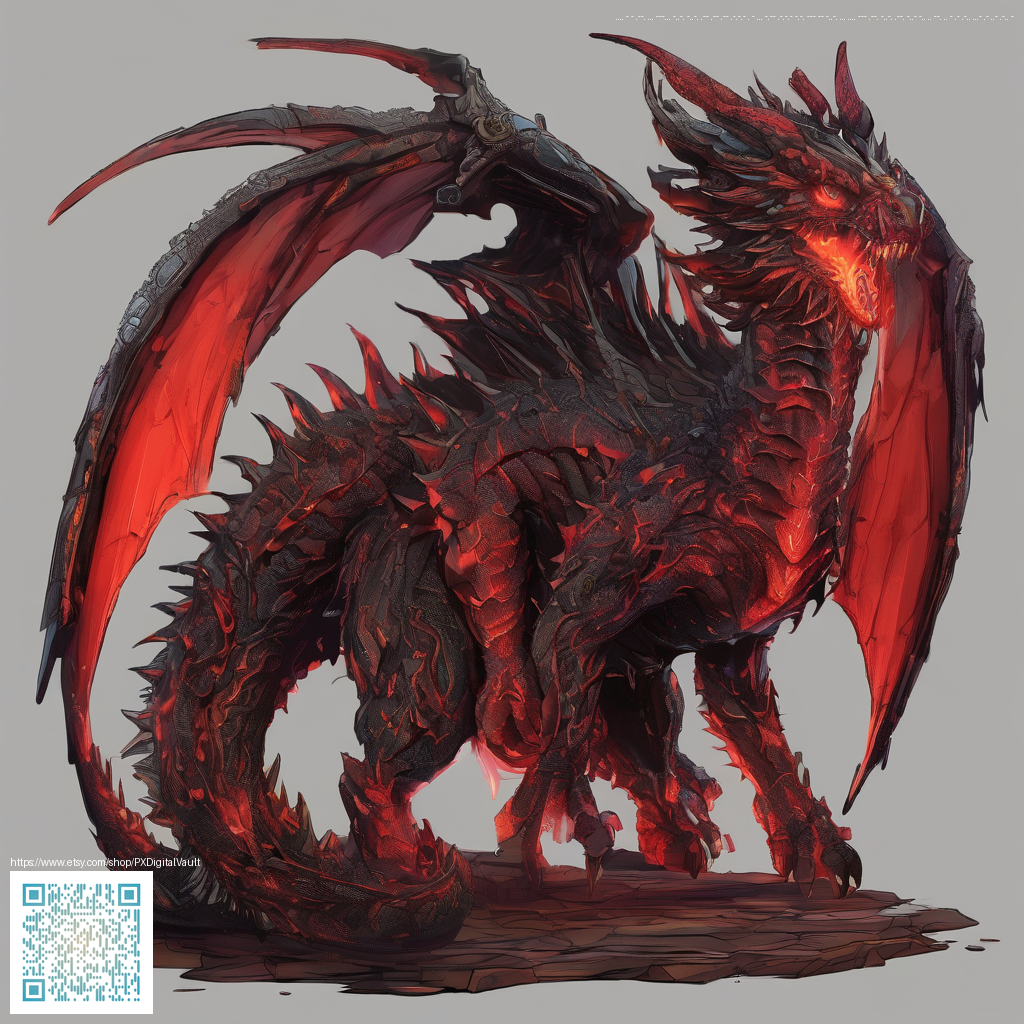
Spot vs Futures Trading: Core Concepts and Practical Differences
Markets move in ways that can feel as unpredictable as a dragon’s flight path 🐉. For investors and traders, understanding the distinction between spot trading and futures trading is essential. Spot trades involve buying or selling the actual asset today, with ownership transferring immediately or in the near term. Futures, on the other hand, are agreements to buy or sell an asset at a future date and price. The nuance matters: it shapes risk, cost, timing, and even the kinds of strategies you can employ 💡.
What is spot trading?
Spot trading means you acquire the underlying asset itself—think buying real stock, cryptocurrency, or a commodity. The transaction settles in a short period, and you own the asset outright. This path is generally straightforward: you pay today’s price, you hold the asset, and you benefit (or suffer) from its price movement in real time 📈. In many markets, spot trading carries a lower complexity ceiling, making it a common starting point for beginners who want to build confidence with risk and ownership.
What is futures trading?
Futures contracts are standardized agreements to buy or sell an asset at a predetermined price on a specific future date. They’re typically traded on exchanges and can apply to commodities, indices, currencies, and even certain digital assets. Because futures often involve leverage, you can control a large position with a relatively small amount of margin. This amplifies both potential gains and potential losses, so volatility can feel intensified 🎯. The future date and the contract terms drive a different kind of risk profile—one where time, carry costs, and unpredictability of the ending price all play a role.
Key differences at a glance
- Ownership: Spot buys you the actual asset; futures create a contractual obligation (you don’t necessarily own the asset until or unless you close the contract).
- Settlement: Spot settlement occurs relatively quickly after the trade; futures settle on a future date with marked-to-market daily adjustments.
- Leverage: Spot trades generally require paying for the asset in full (or through margin with risk). Futures often use margin, enabling higher exposure with smaller upfront capital 🧰.
- Expiration: Spot has no inherent expiration; futures have an expiration or settlement date, which can push you to roll over positions if you want continued exposure 🔁.
- Costs and margins: Spot costs are driven by the asset price and any carry or storage; futures incorporate factors like funding rates, storage, and cost of carry that affect pricing.
- Price drivers: Both react to supply and demand, but futures carry additional elements such as interest rates and expected future supply/demand conditions that influence the forward curve.
- Risk profile: Spot risk centers on the asset’s price movement; futures introduce leverage-driven amplification and daily settlement risk, which can accelerate gains or losses 💥.
- Market hours and liquidity: Spot liquidity often mirrors the underlying market’s hours; futures can offer liquidity in a broader set of timeframes depending on the exchange and contract specificity 🕒.
“Knowledge is not the same as certainty, but understanding the instrument you trade is non-negotiable.” — TradePro
For those who spend long hours studying charts and streams of data, the environment you work in matters. A steady workspace can reduce friction between analysis and action. For example, a Gaming Mouse Pad Custom 9x7 Neoprene with Stitched Edge can keep your mouse glide smooth during late-night research sessions. It’s a small detail, but comfort translates into focus 🔎🎮.
When shaping a trading plan, a simple mental model helps: separate the decision to enter a spot position from the decision to enter a futures position. Spot is often about belief in the asset’s congestion of demand today, while futures is a bet on where the price will be when the contract settles. If you’re considering hedging, futures contracts can provide a way to manage exposure without owning the asset outright, which can be appealing in markets with high volatility 💹.
Practical considerations for beginners
- Define your goal: ownership and long-term exposure vs. speculative leverage and hedging tools 🧭.
- Know your risk tolerance: spot may feel steadier, but it still carries downside risk; futures amplifies that risk—but with potential for higher returns if managed well 🔒⚖️.
- Assess costs: consider commissions, spreads, funding rates, and margin requirements—these can erode profits or magnify losses.
- Learn the mechanics: order types, settlement rules, and how the daily mark-to-market works for futures help you stay in control 🧰.
- Practice with a plan: simulate trades, set stop losses, and determine profit targets before allocating real capital 📝.
Understanding the instrument is half the battle; the other half is implementing a disciplined process. Consider creating a simple rule set: what market conditions trigger a spot entry, and what conditions prompt a futures hedge or a speculative play. By separating discipline from emotion, you can ride market waves with greater clarity 🌊🧭.
Putting concepts into context
In everyday terms, if you want to own a company’s stock and benefit from its long-term growth, spot trading aligns with that goal. If you want exposure to price movements without the obligation of ownership—or you’re seeking hedges against risk—futures can be a powerful tool. The choice depends on your objectives, risk appetite, and time horizon. And yes, you can still appreciate a well-made desk accessory as you chart the markets—the right setup helps you stay sharp and focused throughout the day 🧠🚀.
For more context, you can explore a related explainer image and compare visuals side by side at the linked resource above. This can help reinforce the distinctions in a quick glance while you study the mechanics behind each instrument 🧩.